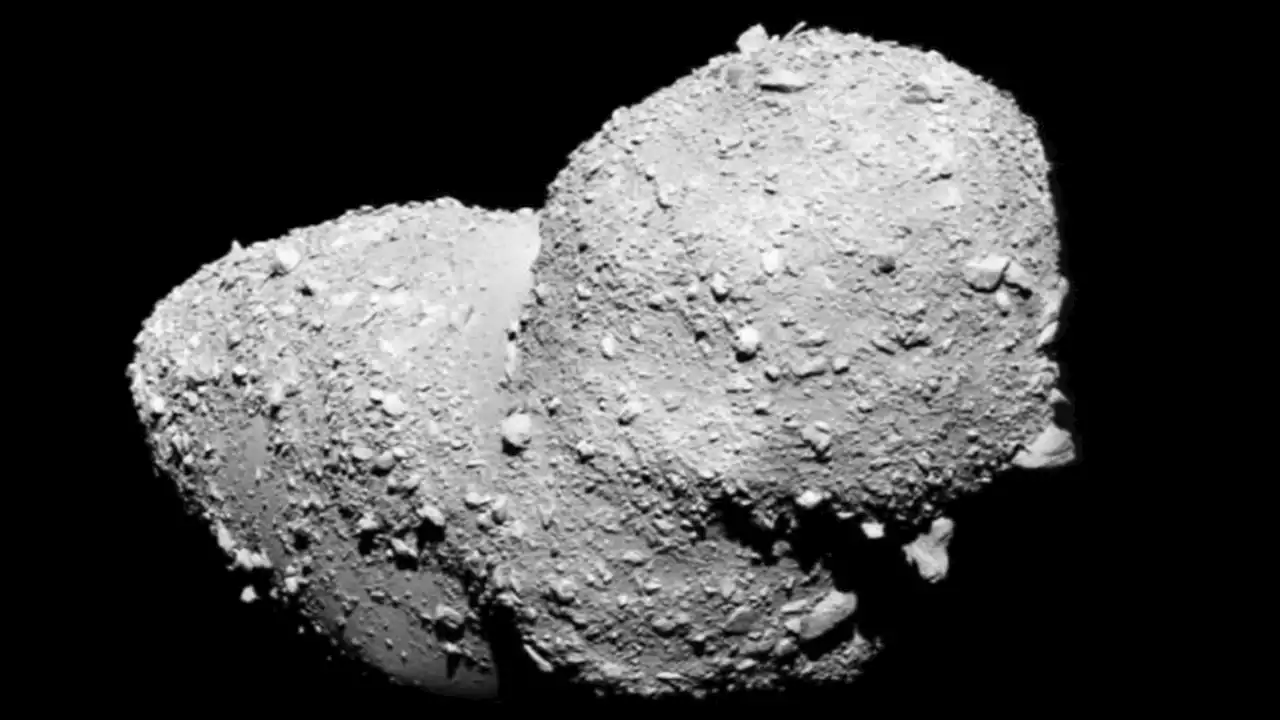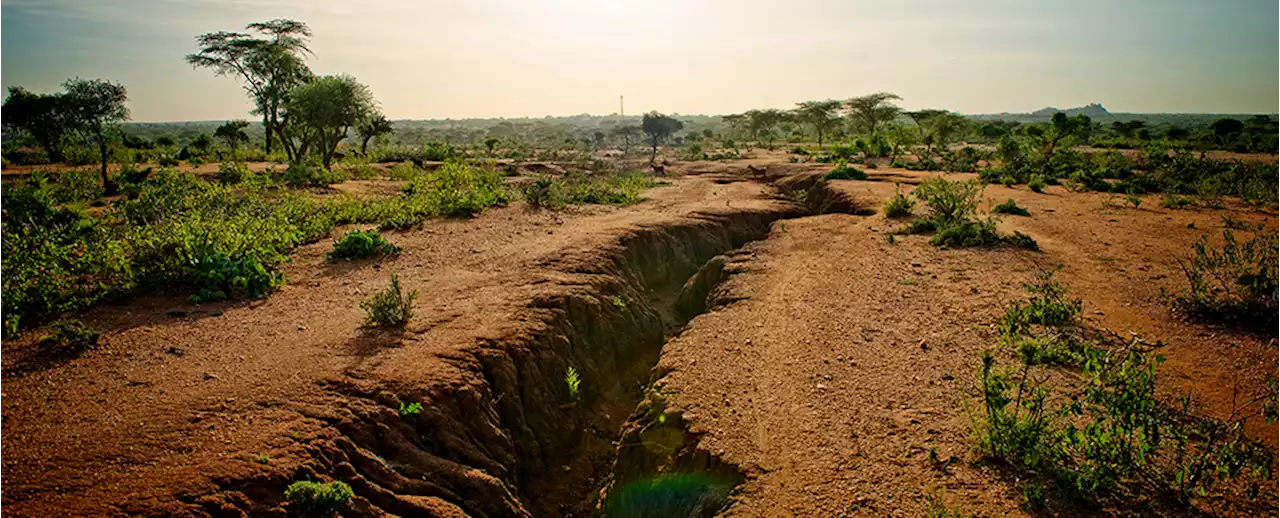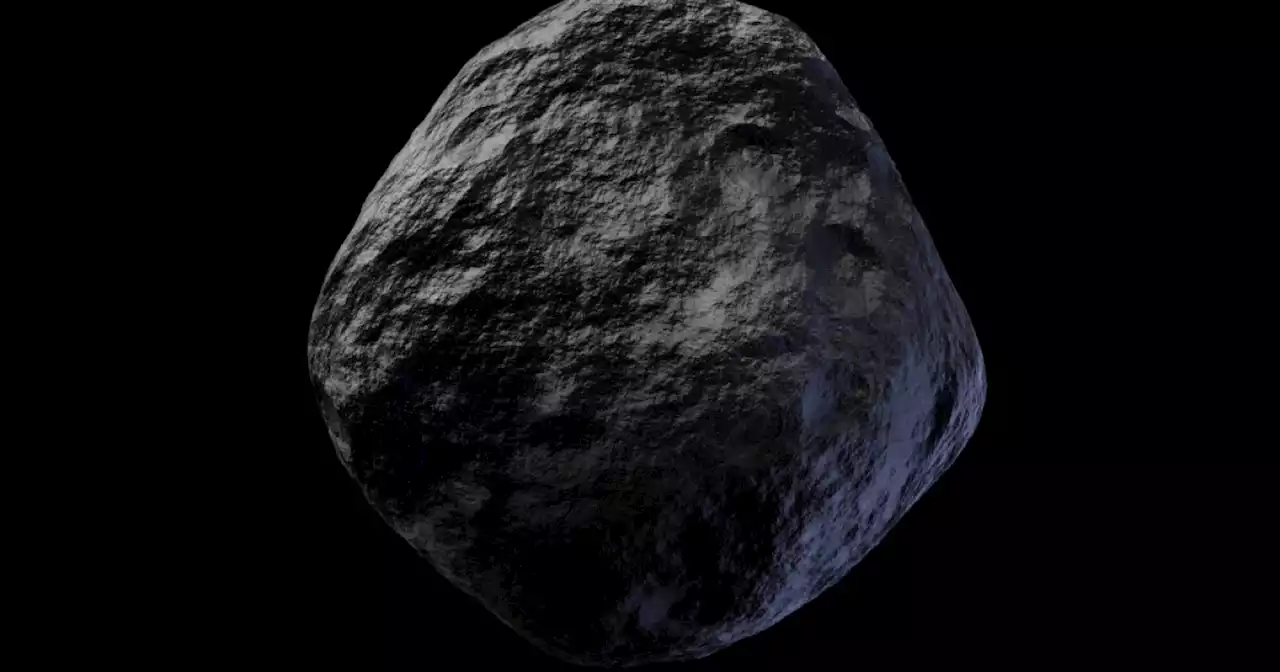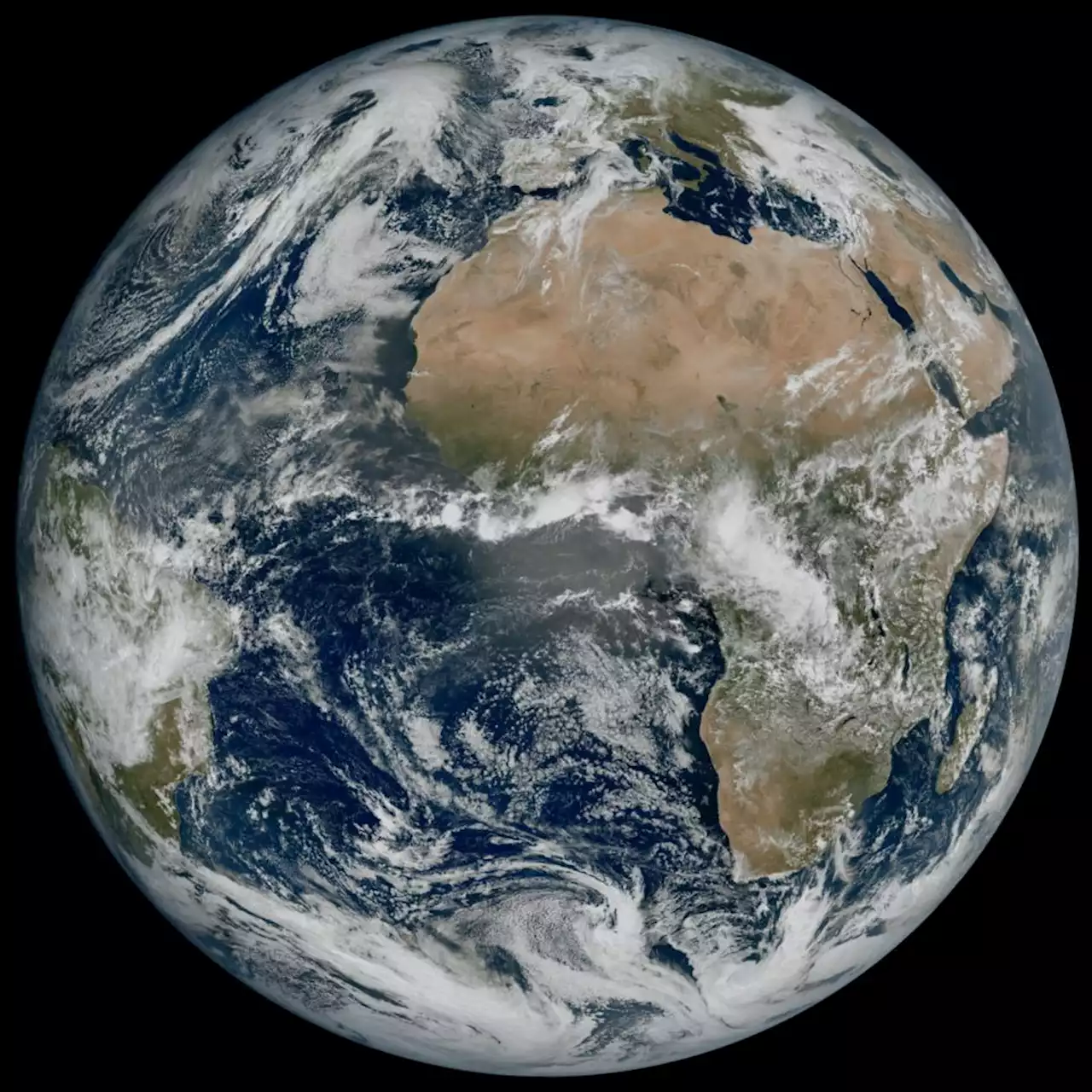A Day on Earth Used to Only Be 19 Hours universetoday storybywill
In past decades, geologists examined a special type of sedimentary rock that contains preserved layers from tidal mud flats. By counting the number of sedimentary layers caused by tidal fluctuations, they could determine the number of hours per day during previous geological periods. But such records are rare, and those examined were often disputed regarding their age.
In short, this theory posits that day length may have remained at a constant value in the past for extended periods of time rather than gradually growing longer. A key factor in this is “solar atmospheric tides,” where the “push” of charged solar particles from the Sun is related to the heating of our atmosphere during the daytime. This is similar to how lunar tides, caused by the “pull” of the Moon’s gravity, are related to the rise and fall of ocean levels.
Artist’s impression of Earth 650 million years ago during the Marinoan glaciation. Credit: University of St. Andrews While solar tides are not as strong as their lunar counterpart today, this may not have always been the case. When Earth was rotating faster in the past, the influence of the Moon’s gravitational pull would have been much weaker. When Mitchell and Kirscher examined the data compilation, they noted that between two to one billion years ago, Earth’s day length appears to have stopped its long-term increase and stopped at about 19 hours.
What is especially intriguing about the new result is how the “boring billion” occurred between the two largest rises in oxygen content in our atmosphere. These were the
United States Latest News, United States Headlines
Similar News:You can also read news stories similar to this one that we have collected from other news sources.
 'All Day, Every Day': Harry Potter's Dursley Home Owners Talk Onslaught Of Fan VisitorsThe real-life owners of the Dursley home from Harry Potter discuss their experience living in the iconic property and receiving visits from fans.
'All Day, Every Day': Harry Potter's Dursley Home Owners Talk Onslaught Of Fan VisitorsThe real-life owners of the Dursley home from Harry Potter discuss their experience living in the iconic property and receiving visits from fans.
Read more »
 Made in America 2023: SZA, Lizzo to headline annual 2-day Labor Day festivalThe official lineup for the 2023 festival was released Wednesday with some amazing news for SZA and Lizzo fans.
Made in America 2023: SZA, Lizzo to headline annual 2-day Labor Day festivalThe official lineup for the 2023 festival was released Wednesday with some amazing news for SZA and Lizzo fans.
Read more »
 Asteroid Itokawa sample study provides fresh insights on how Earth got so much waterAsteroid Itokawa samples were collected by the Japanese Hayabusa mission in 2005 and delivered to Earth in 2010.
Asteroid Itokawa sample study provides fresh insights on how Earth got so much waterAsteroid Itokawa samples were collected by the Japanese Hayabusa mission in 2005 and delivered to Earth in 2010.
Read more »
 Earth saw its 3rd-warmest May in 174 years(5 of 5) SEE our Significant Climate Events Map. The tropics saw 3 named storms in May — all reached major tropical cyclone strength. See more: NOAANCEI StateOfClimate
Earth saw its 3rd-warmest May in 174 years(5 of 5) SEE our Significant Climate Events Map. The tropics saw 3 named storms in May — all reached major tropical cyclone strength. See more: NOAANCEI StateOfClimate
Read more »
 There's a Weird Deformation in Earth's Crust, And We May Finally Know WhyEarth's largest continental rift, the East African Rift (EAR) system, has been something of a mystery for geologists – but a new study combining computer models with GPS satellite data appears to have found an explanation.
There's a Weird Deformation in Earth's Crust, And We May Finally Know WhyEarth's largest continental rift, the East African Rift (EAR) system, has been something of a mystery for geologists – but a new study combining computer models with GPS satellite data appears to have found an explanation.
Read more »
 Asteroids as big as a bridge and a building to pass Earth this weekMultiple large asteroids are passing by Earth this week, with one deemed 'potentially hazardous.'
Asteroids as big as a bridge and a building to pass Earth this weekMultiple large asteroids are passing by Earth this week, with one deemed 'potentially hazardous.'
Read more »
